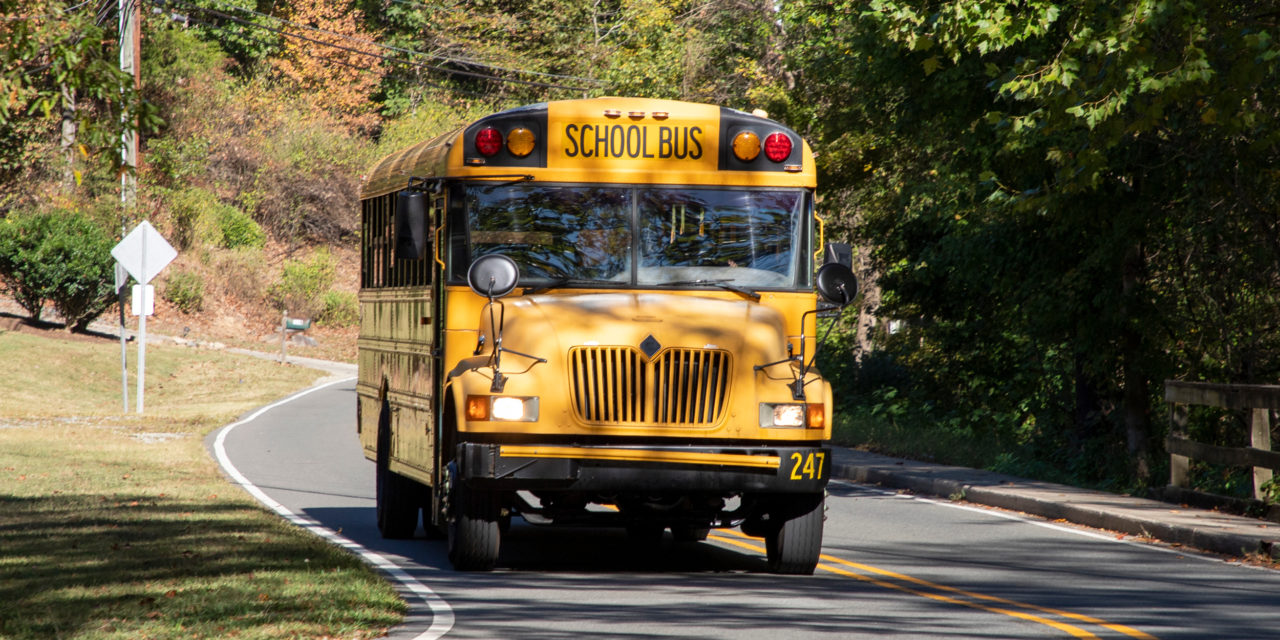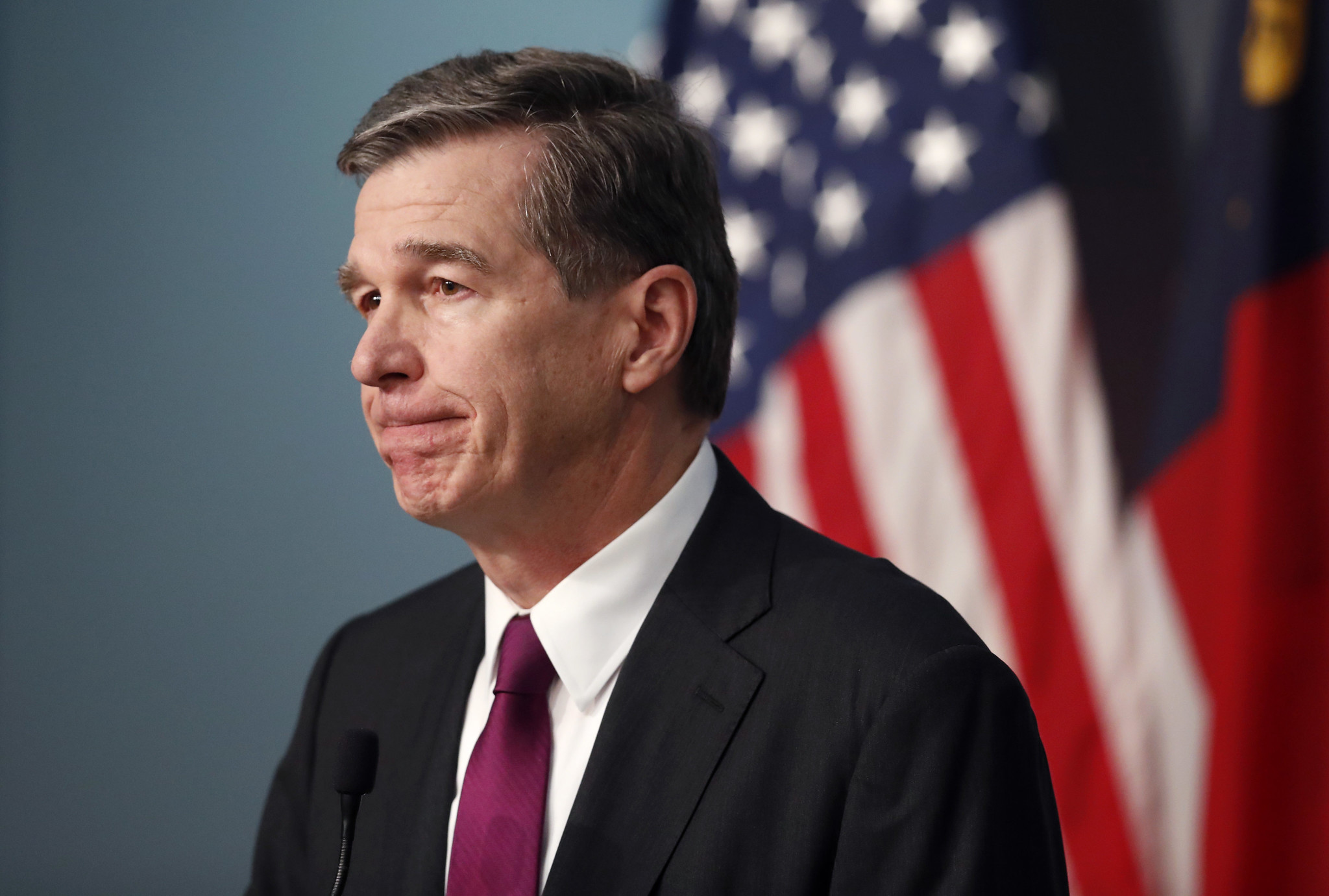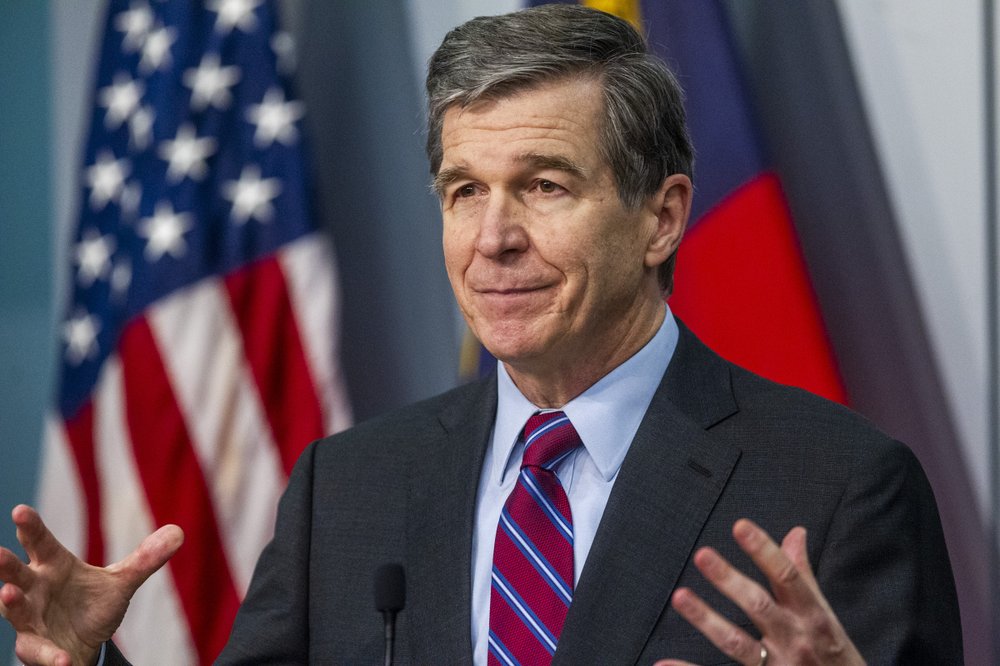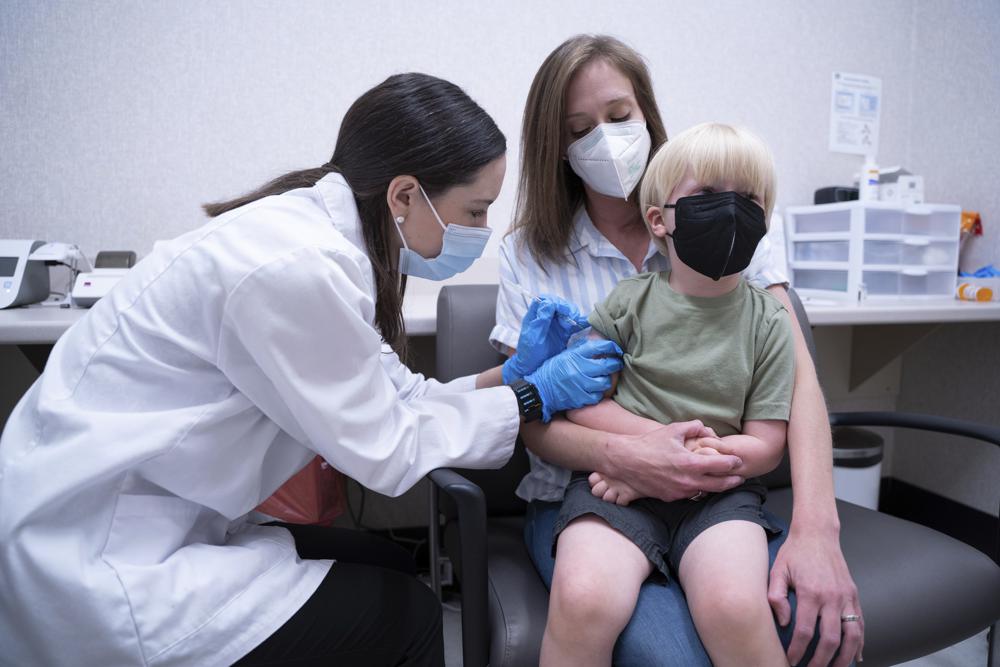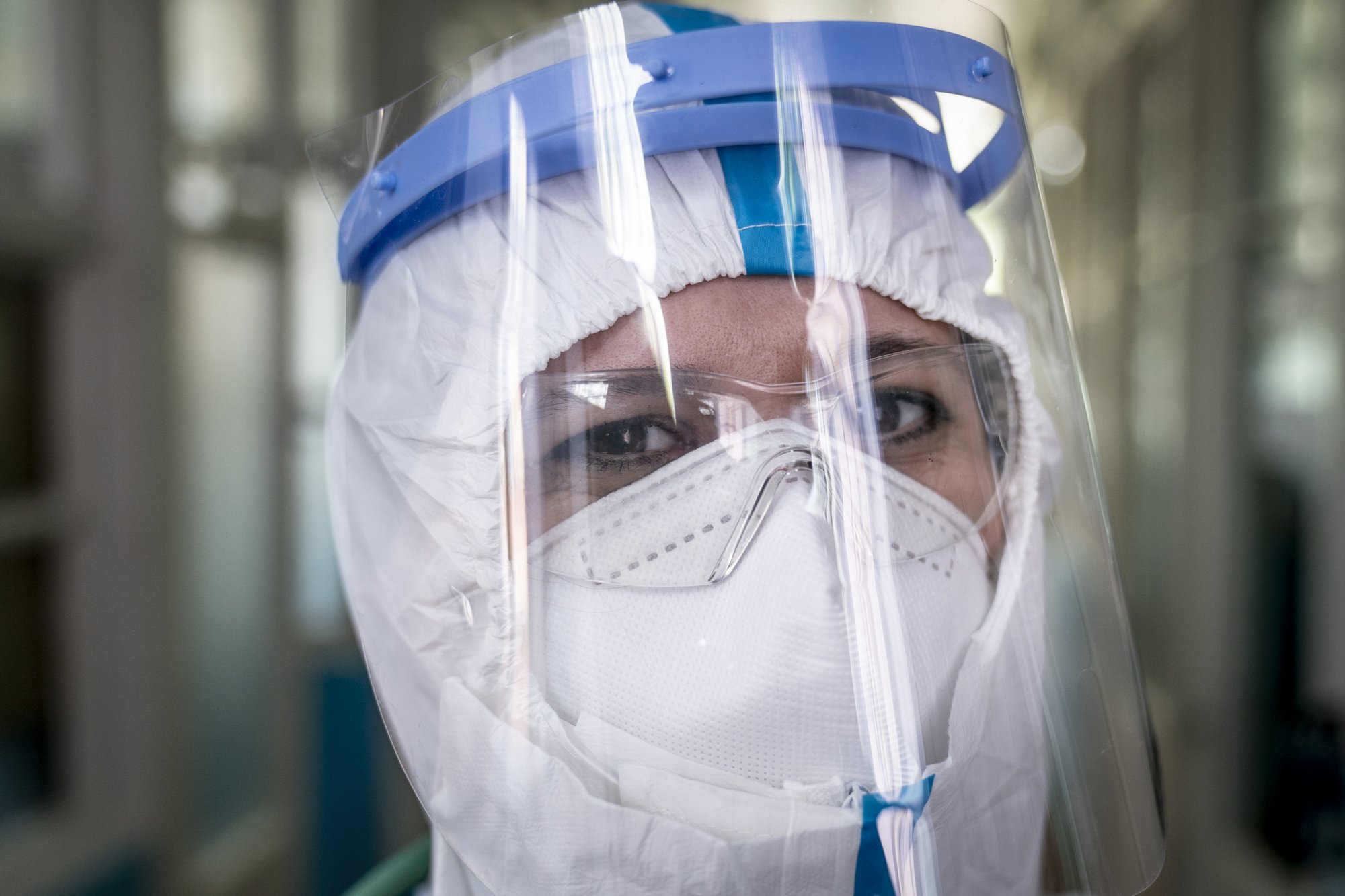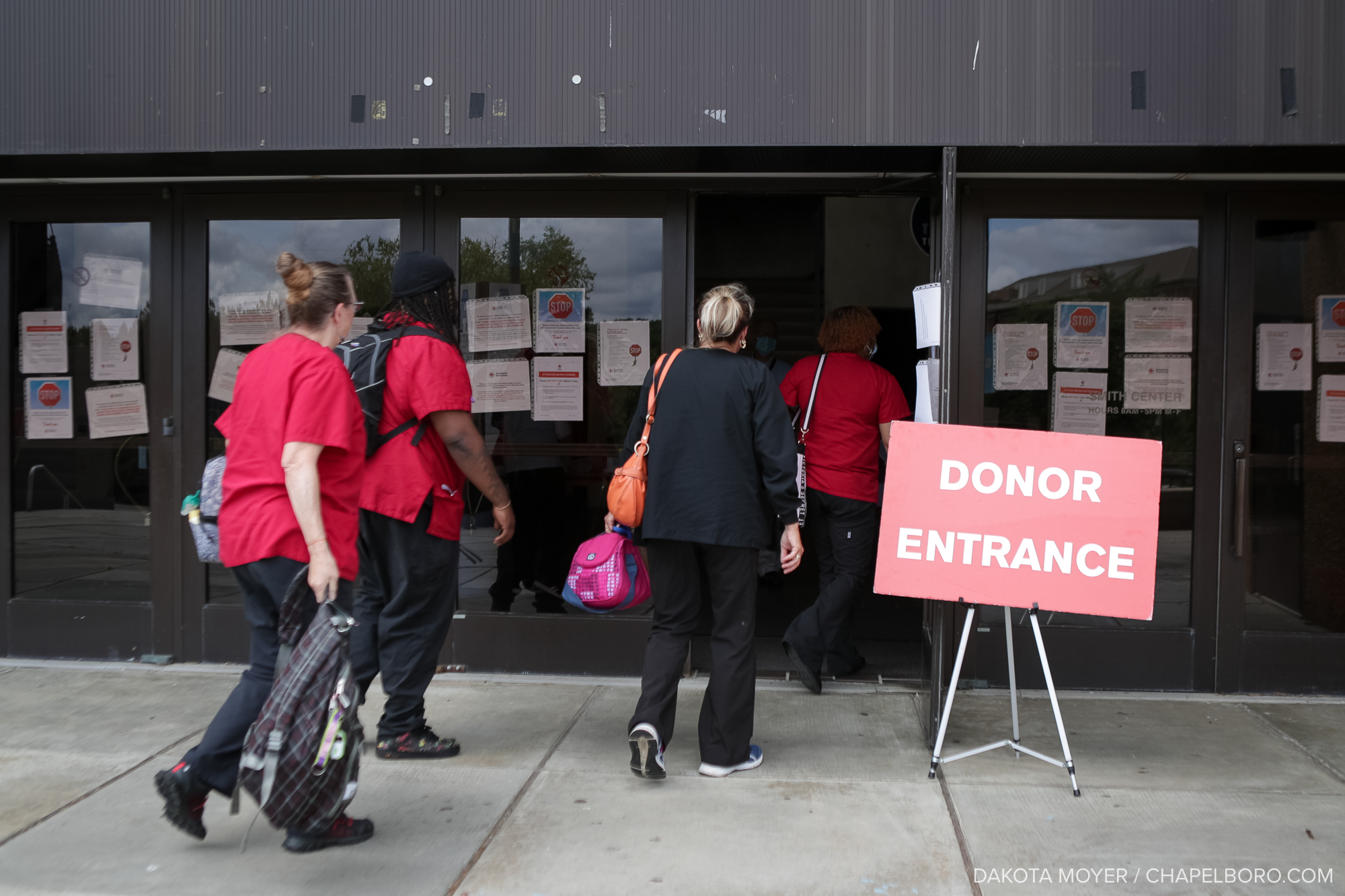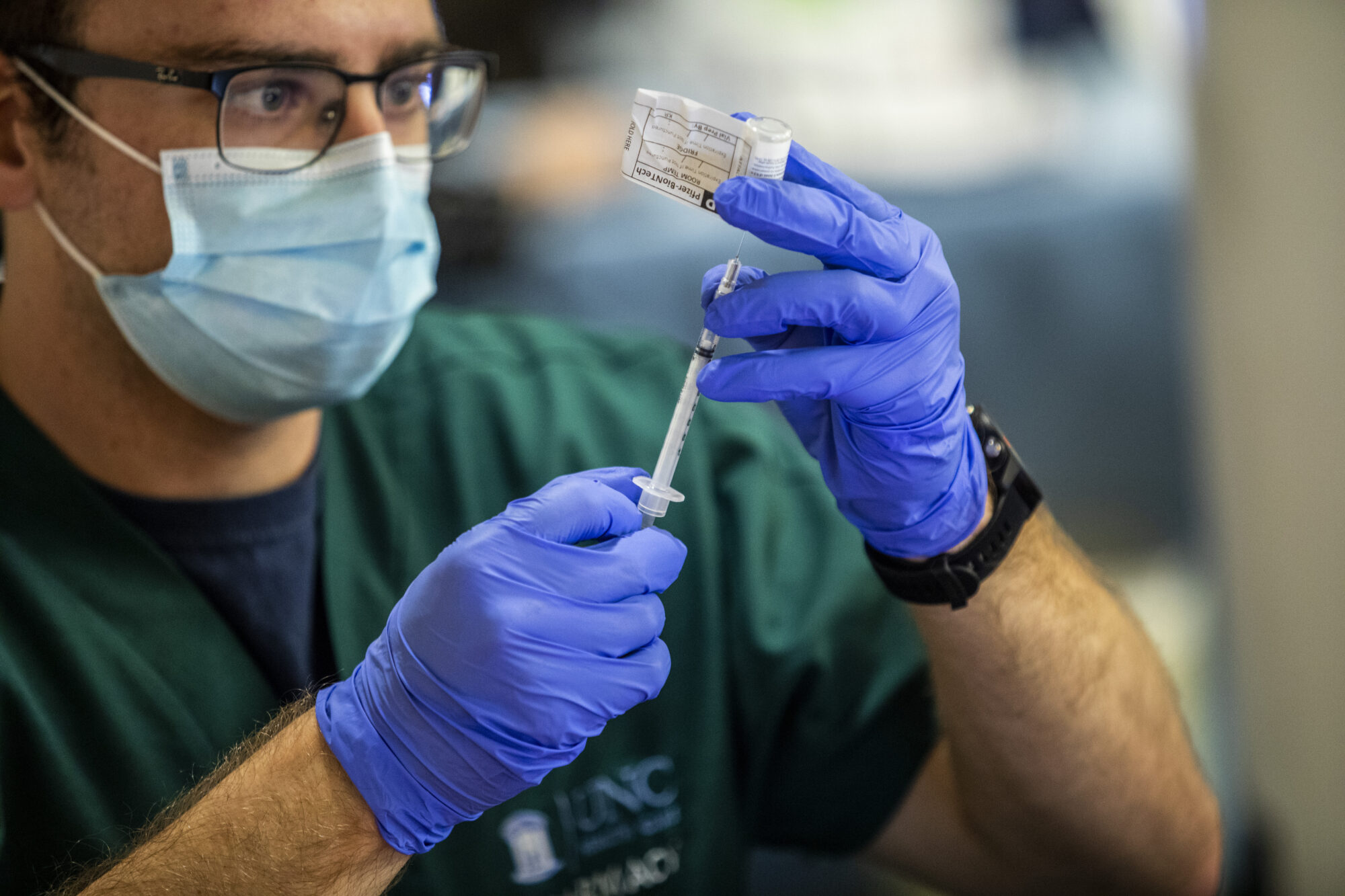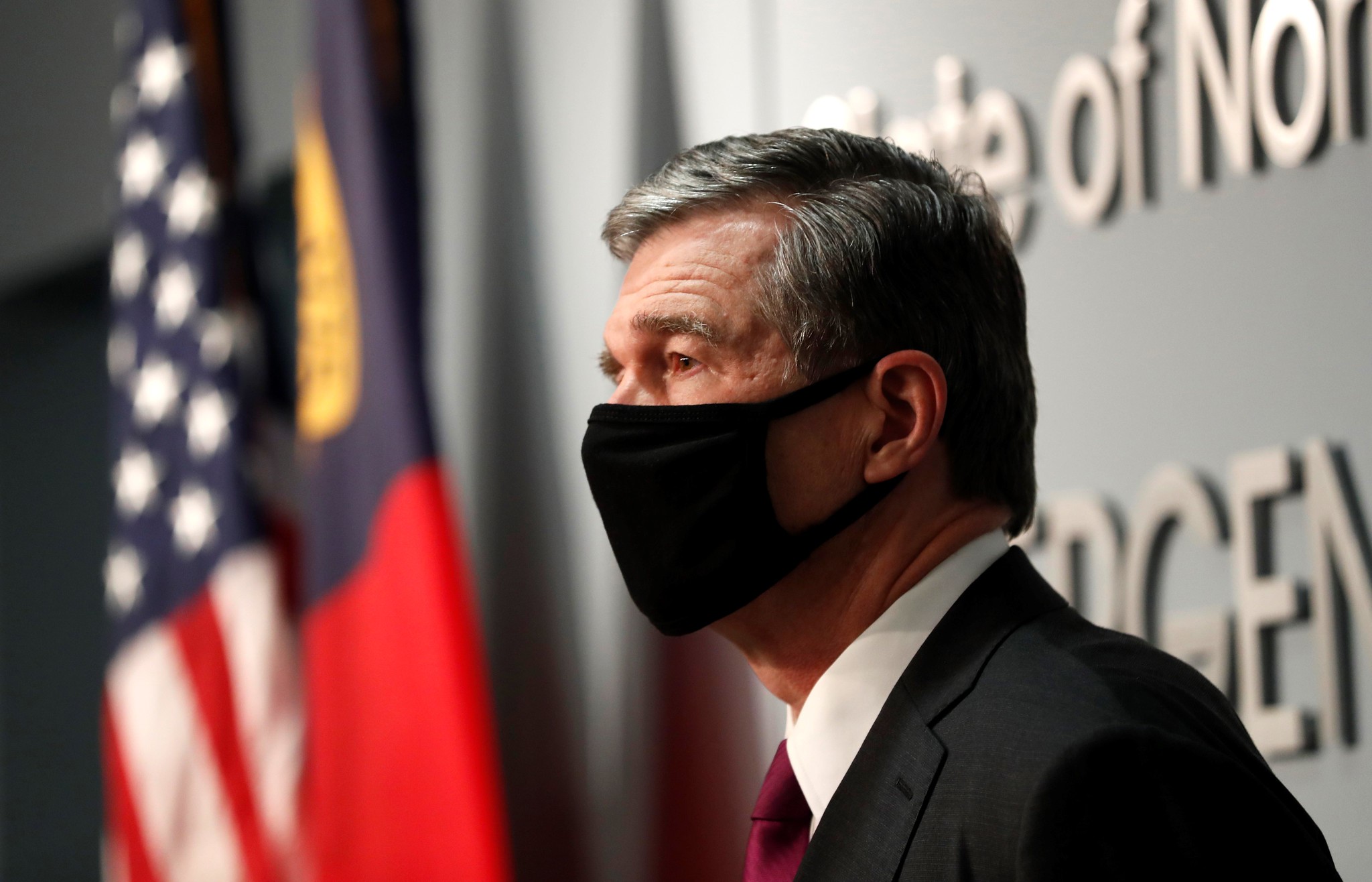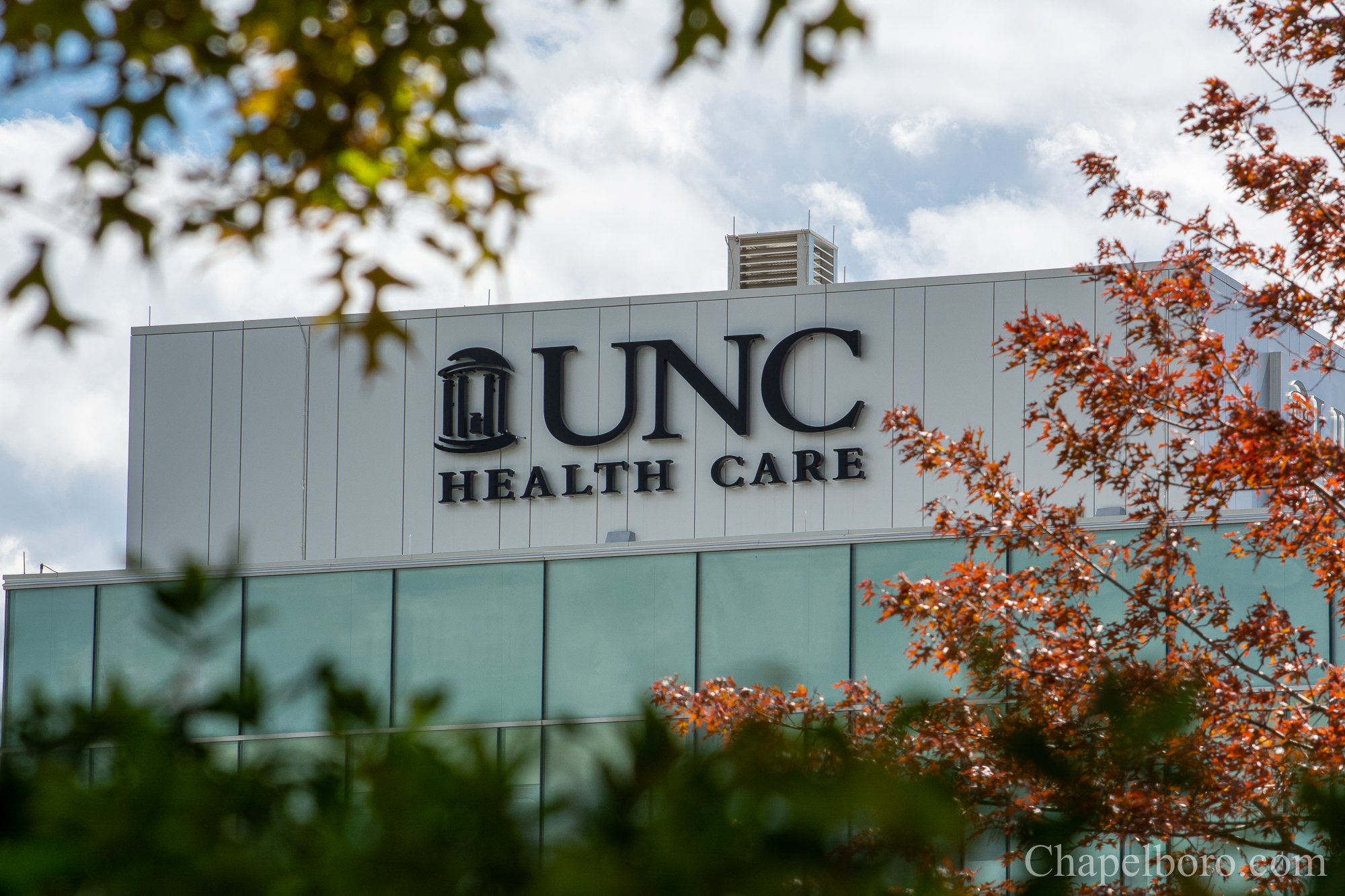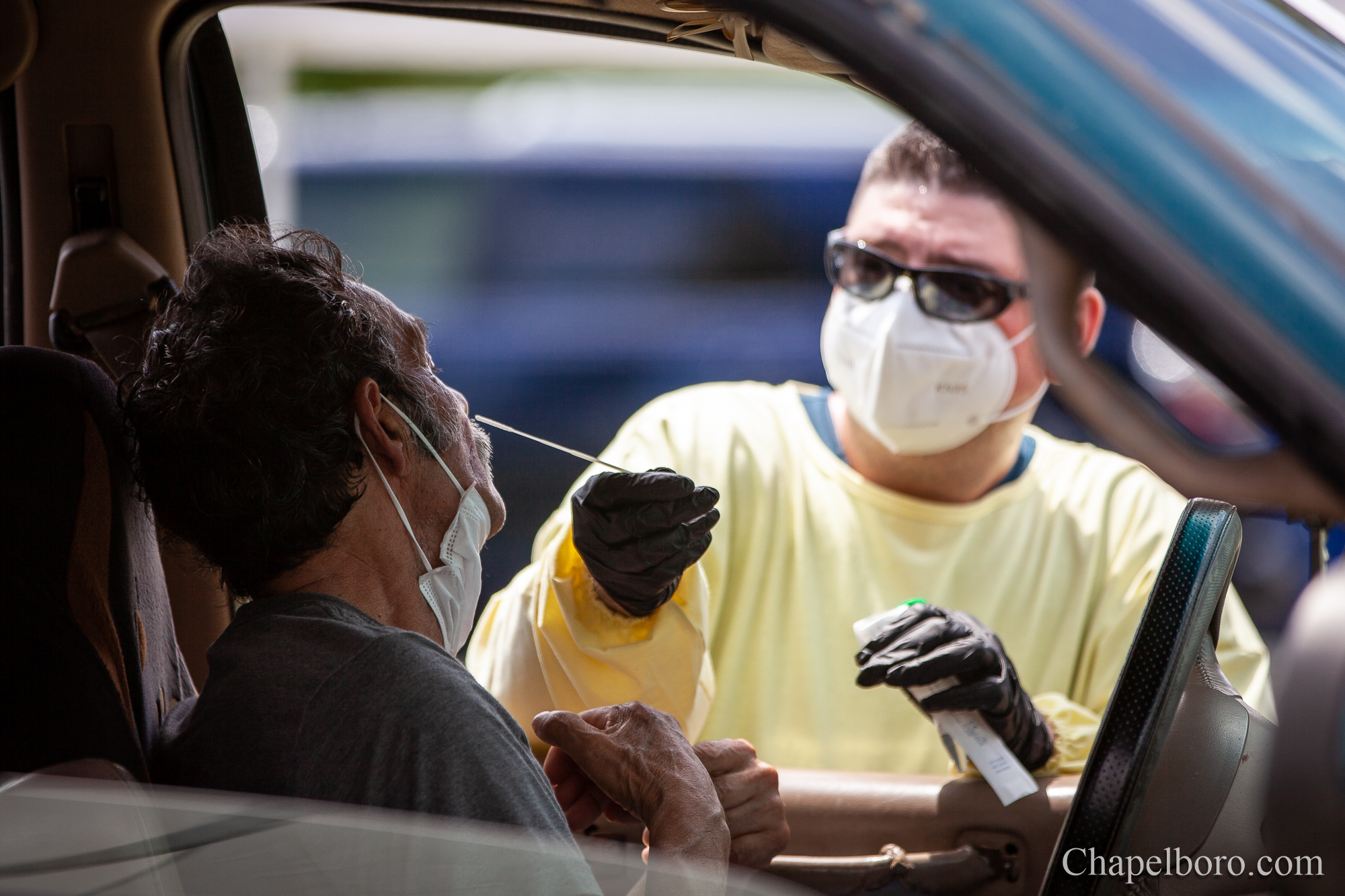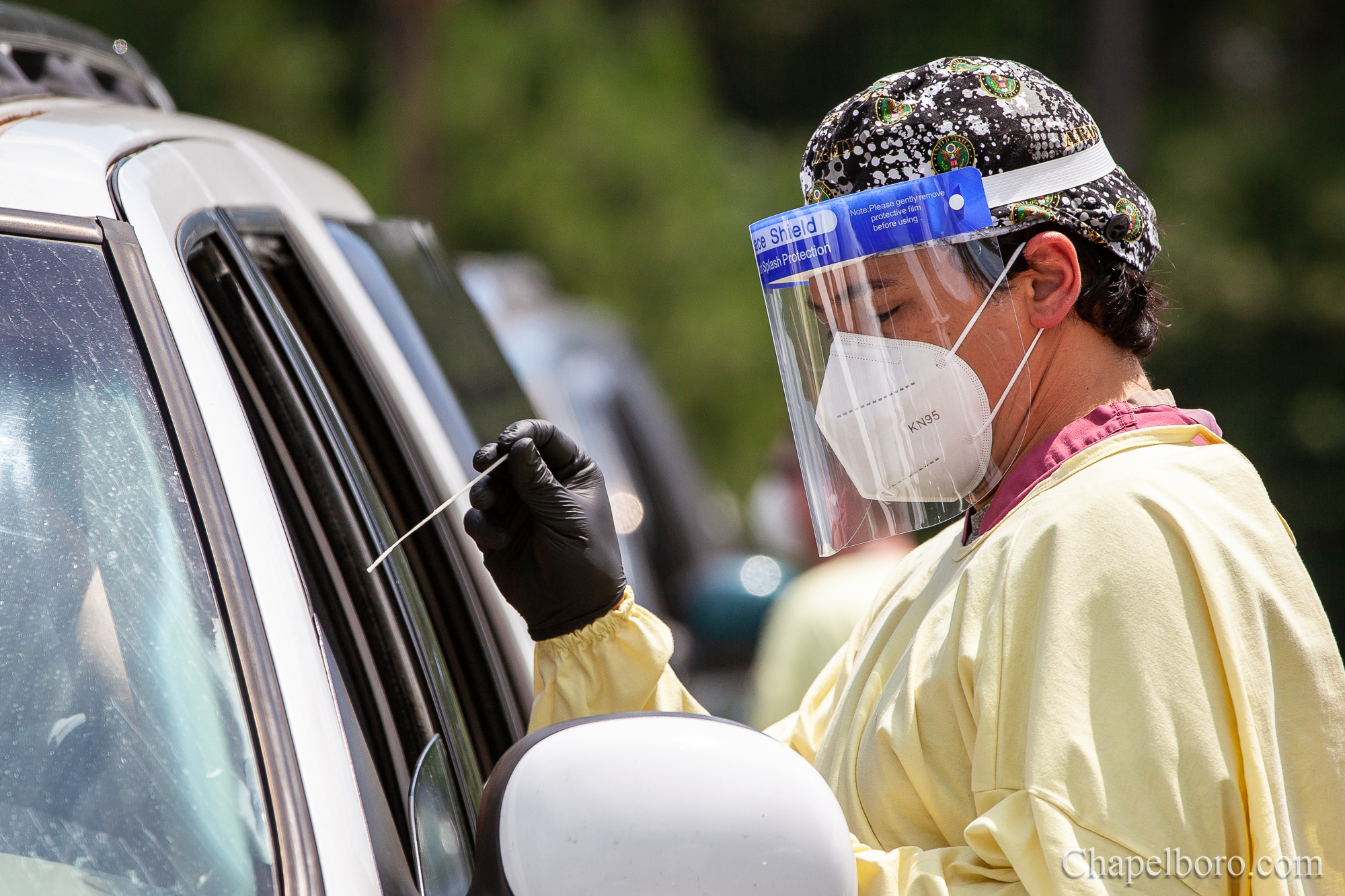As of Monday, the state has finalized health guidelines needed to reopen the state’s public schools later this year.
This guidance, released during a Monday news conference, would require North Carolina public schools to increase cleanings and do daily temperature checks on all people entering school buildings and school buses.
The StrongSchoolsNC Public Health Toolkit lays out a comprehensive set of required and recommended health practices that public schools should follow to minimize the risk of COVID-19 transmission.
In preparation for public schools to reopen this August, Governor Roy Cooper said slowing the spread of the coronavirus is more important than ever.
“Schools are vital to learning, physical fitness and social interaction and for many students it’s also a place for healthy meals, safe environments, stability and routine,” Cooper said. “Today as we mark the last week of the traditional school year, we are pushing forward to get schools open again this fall.”
Getting children back to school safely in the fall is a high priority for North Carolina. Today, state education & health leaders released a set of guidelines for public schools to follow to lower the risk of COVID-19 spread for students, staff & families.https://t.co/nTcxaFeZlg pic.twitter.com/auDKYMjMsU
— Governor Roy Cooper (@NC_Governor) June 8, 2020
Under this health toolkit’s guidelines, schools would be required to mark out spaces showing six feet of separation, establish routine cleaning of high-touch areas and provide ample amounts of hygiene materials like hand sanitizer.
Recommended health guidance includes wearing cloth face coverings and keeping students six feet apart in classes and on school buses. The Department of Health and Human Services acknowledges that this could cause districts to have to run additional buses or take longer driving students to and from campus.
These guidelines will also require students and staff to be screened for illness before entering the school.
“We know this coming school year will be like no other,” Cooper said. “We’ll all need patience as the plans for each school come together in the coming months. This guidance is an important first step. Now the hard work will be done by local school boards, superintendents, principals and school nurses to tailor the plans to their particular schools.”
Cooper said the reopening of schools will depend on North Carolina’s health metrics – meaning the number of lab-confirmed COVID-19 cases, the percentage of positive tests and the number of daily hospitalizations.
Schools will resume on-campus operations only if data has shown improvement regarding the virus’ spread and severity. Under these new health guidelines, improvements in health trends would allow for more flexibility for districts while negative trends would result in increased social distancing.
“Our important mission of opening school buildings on time could be effected by the failure to slow the spread,” Cooper said. “We do not want that to happen.”
Depending on individual and state-wide health metrics, school districts will fall into one of three plans: Plan A: minimal social distancing, Plan B: moderate social distancing, or Plan C: school closure with remote learning only.
While the goal is to get students back in to the classroom, current trends show that model may not be feasible.
The NCDHHS #StrongSchoolsNC Public Health Toolkit for K-12 schools is now available. Learn more about NC’s plan to minimize risk for exposure to #COVID19 for the 2020-21 school year. https://t.co/wAVaUn7Ed3 #StayStrongNC pic.twitter.com/pLlih7M3Gf
— NCDHHS (@ncdhhs) June 8, 2020
As of Tuesday, North Carolina reported over 37,000 COVID-19 cases, over 1,000 deaths and nearly 800 current hospitalizations. Saturday alone marked the highest single-day increase since the pandemic began with over 1,300 new cases.
Dr. Mandy Cohen, secretary of the state’s Department of Health and Human Services, said at this point, these health benchmarks are moving in the wrong direction.
“The percent of tests that are positive is now among the highest in the nation,” Cohen said. “I am concerned. This trends moving in the wrong direction is a signal we need to take very seriously.”
Cohen said we will need to come together and each do our part to change these trends if we want to get our kids back to school.
State Superintendent of Public Instruction Mark Johnson said while there is no replacement for time spent in the classroom, safety comes first.
“As education and health leaders, we are balancing the need to get back into the classroom with the reality that COVID-19 is still out there,” Johnson said. “Just last week North Carolina lost a young student to this horrible virus and our top priority must be to prevent any families from having to go through the horrible pain of such a loss.”
North Carolina’s Health Department and State Board of Education will announce by July 1 which of the three plans should be implemented for schools to most safely reopen. The plan will be presented at Thursday’s State Board of Education meeting, although it may change as the state’s COVID-19 metrics change over time.
Photo via Town of Chapel Hill.
Chapelboro.com does not charge subscription fees. You can support local journalism and our mission to serve the community. Contribute today – every single dollar matters.

